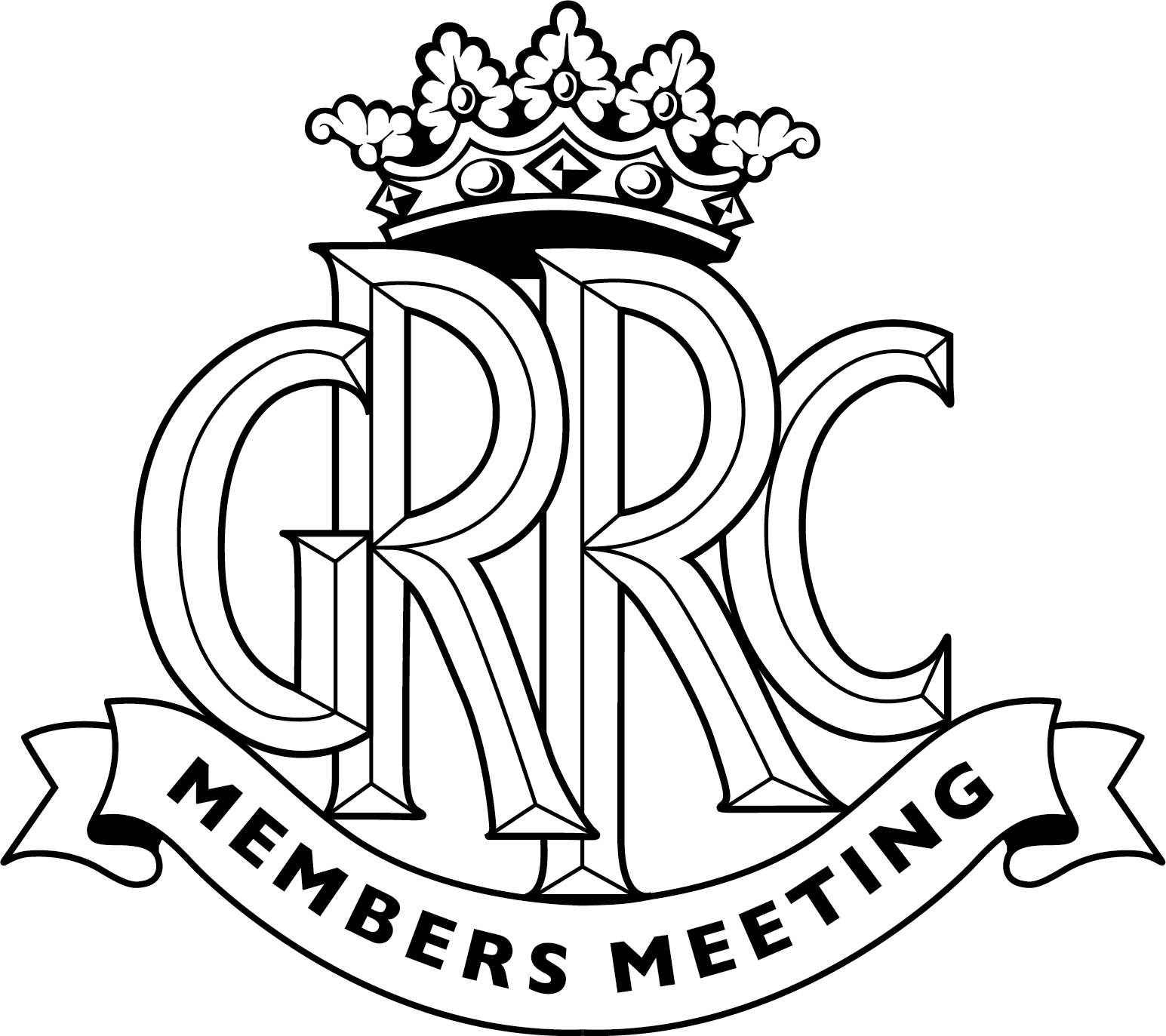These are the five coolest Formula 5000 cars
It's less than a month until the gates open for #76MM so we thought we'd have our friend Simon Arron tot up the great and the good of Formula 5000, to the tune of a top five. Let us know your thoughts...

McRae GM1
New Zealander Graham McRae won the 1971 Tasman Series in a McLaren M10B – a car he later modified extensively for use in Europe. He then teamed up with renowned designer Len Terry to create an F5000 car inspired by the lines of McLaren’s latest F1 racer, the M19. In keeping with recent Terry designs, it began life as a Leda (the L27), but in mid-season, McRae and business partner John Heynes took full control of the project, set up base in Poole, Dorset, and the car became the McRae GM1. He used it to win titles in America (1972) and New Zealand (1973).

Lola T330/T332
A major evolution of the successful Lola T300, this is the car that flooded the F5000 market during the category’s most fruitful seasons. Jody Scheckter swapped from Trojan to Lola en route to winning the US title in 1973 – and in ’74 the subtly upgraded (but visually similar) T332 swept up in Europe and the States, while Max Stewart became Australian champ in a T330. Demand for the models was such that the F5000 market pretty much dried up for rival manufacturers who had previously found it fertile. After F5000’s demise, the T332 continued to win as a Can-Am car.

Chevron B28
The successor to the Chevron B24, which had taken victory on its F5000 debut (Oulton Park, May 1972) and later, in Peter Gethin’s hands, famously beat F1 opposition in the 1973 Race of Champions. Despite Teddy Pilette winning the 1973 UK/European title in a B24 – and Gethin taking the ’74 Tasman Series in a B24 upgraded to B28 spec – there was surprisingly little demand for the newcomer that followed. At Monza, the 10th of 18 races, Gethin chalked up his fourth victory of 1974 – but that was also his last… and bad luck prevented Pilette from winning at all.

McLaren M10B
From the company’s earliest days, McLaren’s production racing cars were assembled by Trojan in Croydon, Surrey – and when McLaren withdrew from the market Trojan would continue in F5000 with its own designs, notably the T101. The most successful McLaren chassis it built was the M10, the A and B derivations of which won the first two UK/European titles, courtesy of Peter Gethin, and also swept up in America (John Cannon in 1970, David Hobbs in ’71), the Antipodes (Graham McRae), South Africa (Bob Olthoff, Paddy Driver) and Canada (Eppie Wietzes).

Hepworth FF
Built by Yorkshireman David Hepworth, this 4wd car took 18 major hillclimb victories in the space of four seasons – enough to make him British champion in 1969 and ’71. As the car’s introduction coincided with the launch of F5000 in the UK, however, it also appeared twice on the circuits. Bev Bond drove it in the inaugural race at Oulton Park, retiring early with a blown head gasket, and Tony Lanfranchi took sixth at Brands Hatch – albeit eight laps behind winner Gethin. It was at home on the hills, though, and is still owned and run by its late creator’s family.
Photography courtesy of LAT Images
Want to see these F5000 beasts in action? Tickets to the 76th Members' Meeting are on sale now!
76MM
F5000
Formula 5000
2018





